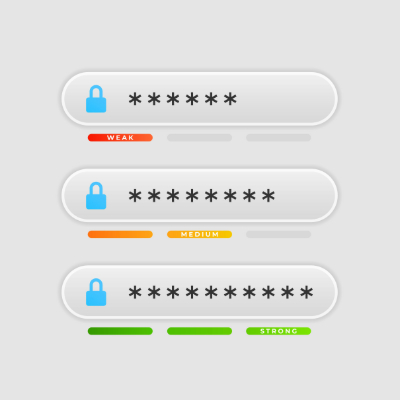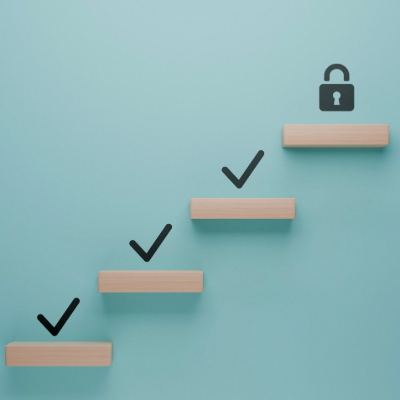Cybersecurity solutions are all well and fine, but your team also plays a significant role in keeping your business safe. You need to acknowledge they are a potential threat and take steps to prepare them for the bevy of threats they’ll face. Today, we want to discuss why your employees are a cybersecurity threat and what you can do to mitigate it.
Being overwhelmed can happen to everyone, even the hardest workers you know. If you’re not careful, the weight of your agenda could drag you down and create more problems than it solves. While you could power through, this is usually counterproductive, and you’d be better served by taking a moment to step back, breathe, and perform a micro-reset.
Listen closely. Hear that? It’s the subtle, almost invisible hum of technology, the tireless engine powering your sales, streamlining your communication, and orchestrating your daily operations. We’ve all become wonderfully reliant on this digital symphony. Here’s a thought that might not hum so quietly: what’s the environmental encore of all this tech that keeps our businesses thriving? It’s a conversation that’s not just worth having; it’s essential.
A strong cybersecurity posture isn’t just about installing the latest software or ticking boxes on a compliance checklist. It’s about building a culture of security where every member of your team is actively engaged and invested in protecting your collective digital well-being… but how do you achieve that buy-in, beyond simply mandating policies? It starts with illuminating the “why” behind the “what.”
Quick—how many passwords do you have to remember? Chances are, it’s more than you might expect… especially when you factor in both your personal ones and those you maintain for your business. After all, it is risky to the point of irresponsibility to repeat your passwords across accounts, especially those you maintain for your business. This kind of repetition can easily lead to financial losses and reputation damage, as it facilitates a data breach.
Running a business today presents unique opportunities and challenges. For instance, safeguarding business information and systems—both physical and digital—is no longer just an IT department concern; it is fundamental to operational continuity and overall success. The real question is whether or not you are prepared to deal with the threats you’re practically guaranteed to face.
Two things are invariably true in the modern business landscape: technology will play an integral role in operations, and obtaining this technology will require a relationship with vendors and service providers. As such, anyone seeking to run a business successfully must interact with these external parties and enter into business contracts. This needs to be handled carefully, so while we aren’t offering legal advice, you should follow a few practices before and during the negotiation of an IT contract.
Running a business is like juggling flaming torches while riding a unicycle, blindfolded. You’ve got employees, customers, operations, and, of course, vendors. Vendors keep the gears turning, but if you’re not careful, those relationships can turn into a never-ending headache that eats up your time, money, and possibly your sanity. So how do you make sure your vendors work for you, rather than the other way around? Here’s how to get the most out of them without losing your mind.
You’ve probably been told that multitasking is the ultimate skill. Employers love it, schools encourage it, and everyone seems to brag about how they can juggle ten things at once. But here’s the truth: multitasking doesn’t actually work. In fact, it makes you slower, more stressed, and less productive.
People leave their jobs for all types of reasons. Sometimes they move on to different opportunities, sometimes they retire, and sometimes, the change is initiated by you. Regardless of the reason for their departure, they’re gone, and you have some loose ends to tie up before you can begin the process of finding their replacement. Let’s look at five things you need to do immediately when someone leaves your organization.










